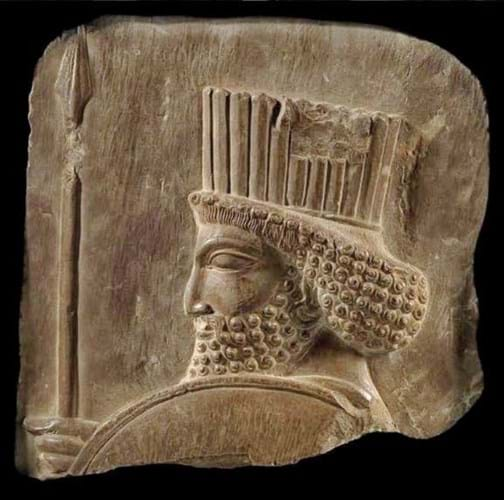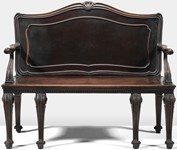
Wace legitimately purchased the carved fragment of a soldier from an insurance company, believed to be AXA.
It had been donated by philanthropi st Freder ick Cleveland Morgan to the Quebec National Museum in the early 1950s and was exhibited until 2011 when it was stolen. Following its recovery, the museum curators decided to keep the insurance money rather than have the object returned and it was then sold to Wace by the insurers.
The investigation now centres on whether it was legitimately exported in the inter-war period. It is believed it was excavated in the 1930s by a team of archaeologists from the Oriental Institute of the University of Chicago. This was after Iran had passed a law in 1930 making it illegal to transport such antiquities out of the country. However, it is believed a number of exports were allowed with permission from the authorities.
Wace said his gallery is “currently investigating, and will form a conclusion once we have evaluated the situation”.
Cultural heritage legal expert Leila Amineddoleh, who is involved in the case, said: “The seizing of the object does not mean there is a presumption it is stolen. But it has been seized so it can be kept in the US while it is investigated.”
James Ratcliffe, Art Loss Register director of recoveries and general counsel, which is part of the vetting of the TEFAF fair, said: “Given that it was on public display in a museum for over 60 years it will be interesting to see how the claim develops.”
It is the latest example of an accusation of cultural property theft to befall an antiquities dealer this month.
At Frieze Masters Swiss dealer Jean-David Cahn, who was appointed by the Swiss canton of Basel-Stadt to sell two Greek vases, was accused of offering stolen objects.














